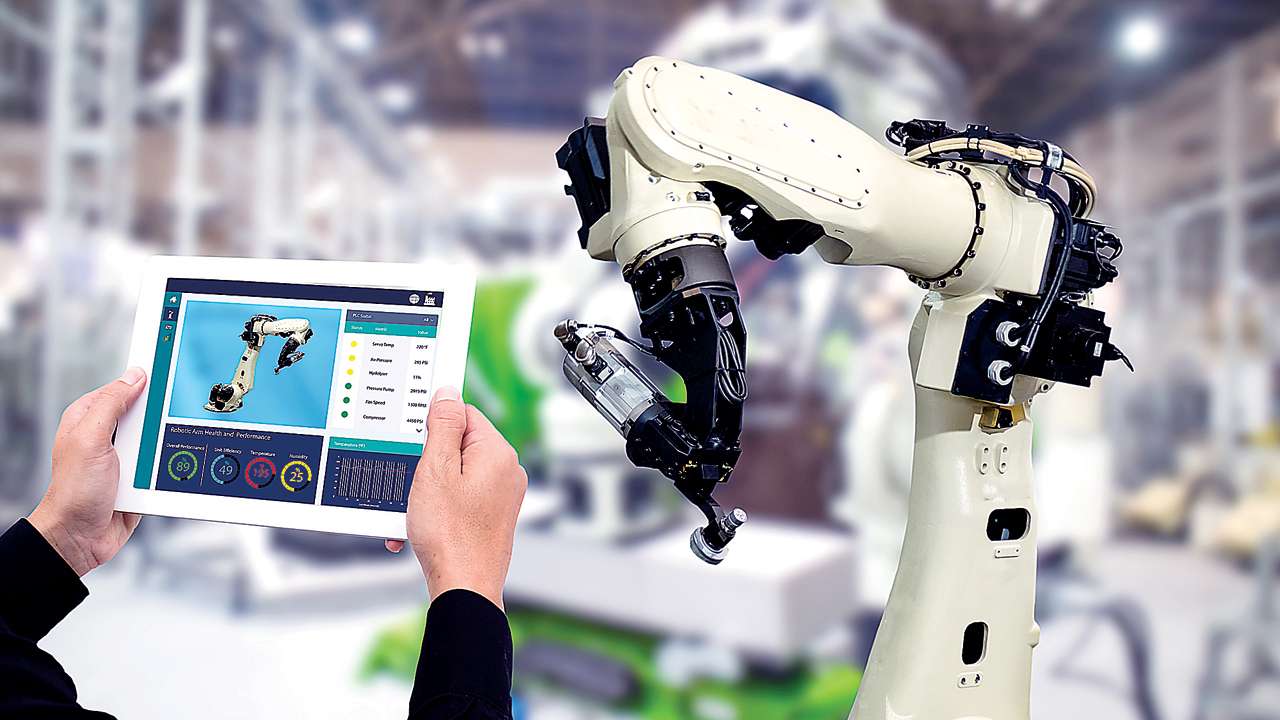Pranjal Sharma
 Two years ago, China unveiled a strategy paper that outlined its vision for growth in an area where it was seen as a weak player. The Internet Plus plan aims to convert and propel China as a superpower in technology. As the fourth industrial revolution gains momentum, China wants to be its leader, not follower. It’s not just Internet based systems, Chinese companies are becoming dominant in categories like robotics and drones.
Two years ago, China unveiled a strategy paper that outlined its vision for growth in an area where it was seen as a weak player. The Internet Plus plan aims to convert and propel China as a superpower in technology. As the fourth industrial revolution gains momentum, China wants to be its leader, not follower. It’s not just Internet based systems, Chinese companies are becoming dominant in categories like robotics and drones. A report by Forrester says that China’s technology spending will rise to $234 billion in 2018 marking a rise of 8 per cent. This money is being spent on computing hardware, telecommunications equipment and tech software among other categories. The Forrester survey of business decision-makers offers insights into the level of commitment. Over 66 per cent will use data and analytics, 59 per cent will use IoT-based solutions and 58 per cent will invest in AI-based platforms.
The China of low-tech-high-volume manufacturing does not exist any more. Even though it started on the tech journey much after India, it is racing past. India remains stuck in IT-enabled services while China is investing in cognitive technologies.
At the 2018 Consumer Electronics Show in Las Vegas, more than a third of the total 4,500 exhibitors were from China. About a third of the world’s unicorns (with valuation of over $1 billion) are from China. From just $12 billion in 2012-14, China received $77 billion in venture capital between 2014-16. The figures continue to grow.
The Great Firewall of China has kept the US digital giants at bay. But Chinese digital giants are competitive and ahead of the global giants in many ways. The messaging app WeChat had payment options years before WhatsApp launched it.
In technology, China doesn’t consider India as competition at all. It has set its eyes on toppling the US’s dominance in every aspect of technology. The irony today is that US has begun buying robots from China. The International Federation of Robotics says that 40 per cent of global robotics sales will be by China. Under its Robotics Industry Development Plan, China wants to make at least 1,00,000 robots per year by 2020, even as China’s Midea acquired Germany’s Kuka robotics thus enhancing its dominance in the field. Directing this technology drive, Chinese President Xi Jinping is going out of his way to give special focus to the development of technology capabilities.
Even in the semi-conductors space, China has taken a lead in realising the importance of building its own computer chips. China imports about $200 billion worth of chips per year, second only to oil imports. The government now has a goal of making at half the chips it imports by 2020 and be a global leader by 2030. To back this up, the government is ensuring $150 billion of investment to chipmakers in China.
India is lower than China in its focus of AI too. A report by Boston Consulting Group says that China is ahead of India in the use of artificial intelligence in manufacturing.
It is time for India to set clear and aggressive goals for developing strengths in technology. India’s technological prowess is limited to being the back office to the work. But even that edge is diminishing since body shopping based service models are collapsing. The Indian IT sector has been grossly negligent in not investing in new platforms like IoT, AI and 3D printing. India has a negligible presence in robotics even though domestic users are keen buyers.
Lately, the India China dialogue has been framed by geo-political and land dispute issues. Strategic security in the new world is not limited to defence capabilities any more. India has to counter China as a technology giant which has tremendous focus on cyber abilities. China is not just creating a huge cyber economy for itself, but also has empowered itself with cyber warfare abilities.
India’s policy makers may be alive to the China challenge but have not placed technology on the same pedestal as defence related security. India did well by opposing the Belt and Road Initiative (BRI). However, the influence China will have through its technological strengths can far outweigh its on-the-ground infrastructure investments across the world.
In the neighbourhood, China has encircled India with its investments in Pakistan, Bangladesh, Nepal and Maldives. Its technological strengths in the next decade would help it undermine India at a global level. Then the neighbourhood encirclement would not matter.
Prime Minister Narendra Modi’s meeting with Xi Jinping is important as it aims to ‘reset’ its India-China relations. In this ‘reset’, India must factor in technology as a critical dimension of competition and cooperation. A country that is weak in technology will not be able to be a global superpower, let alone a regional power.
